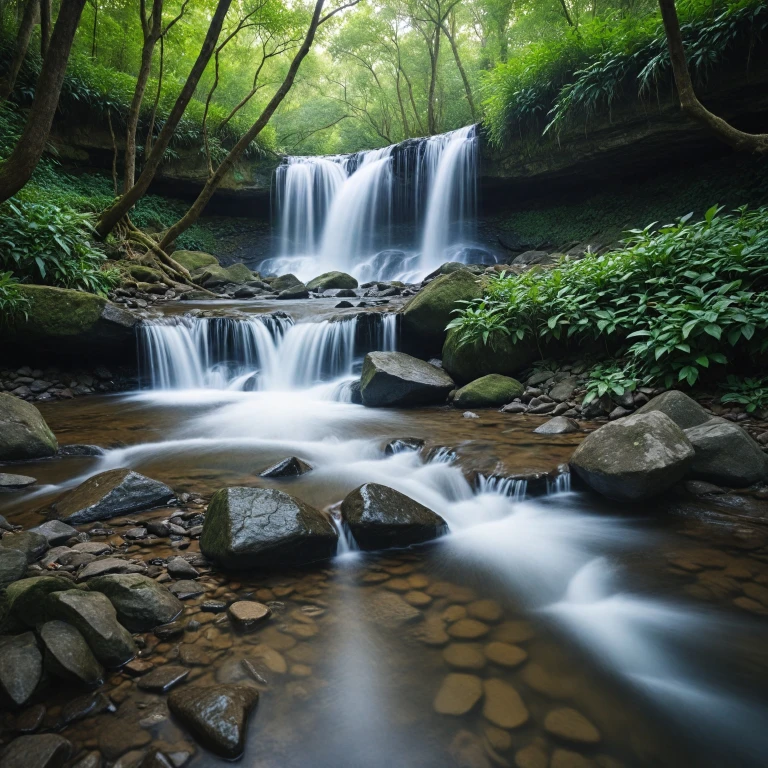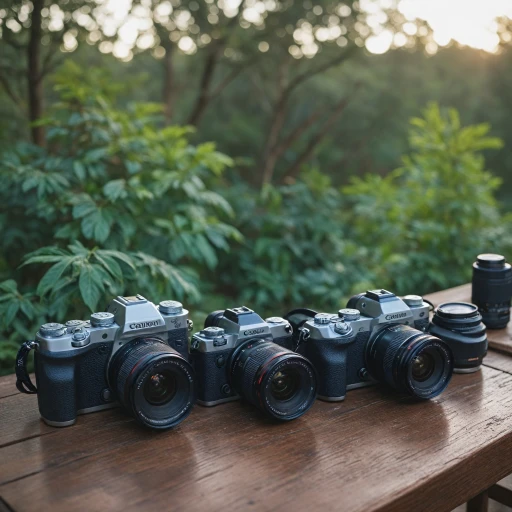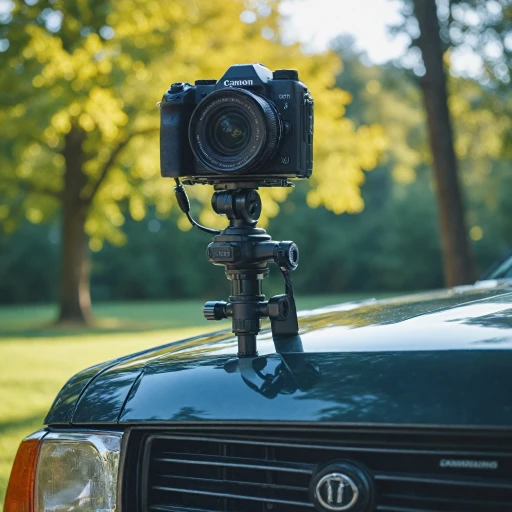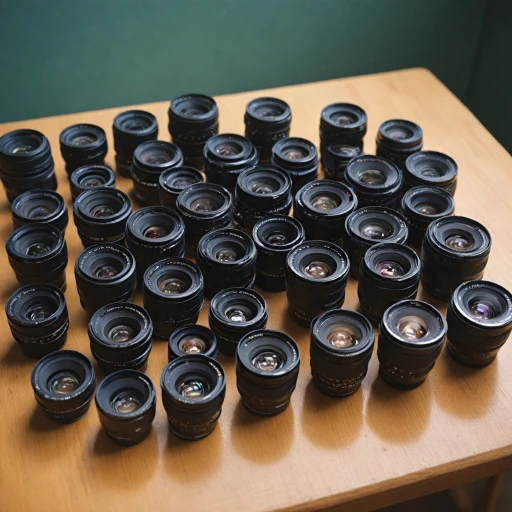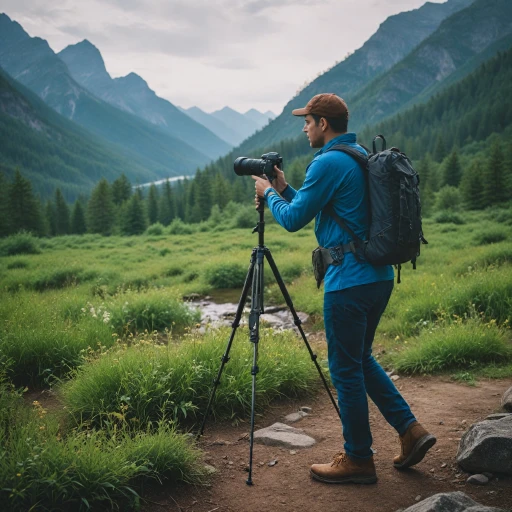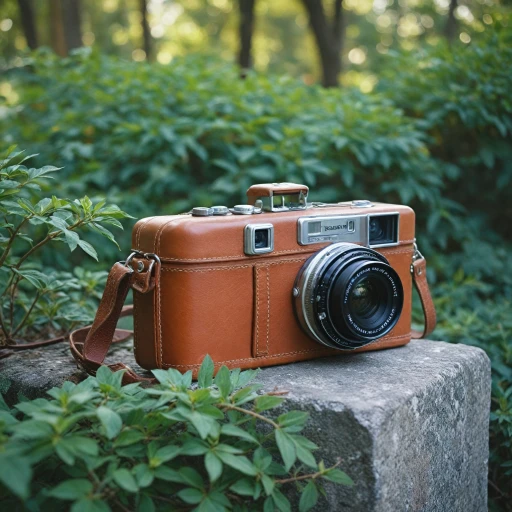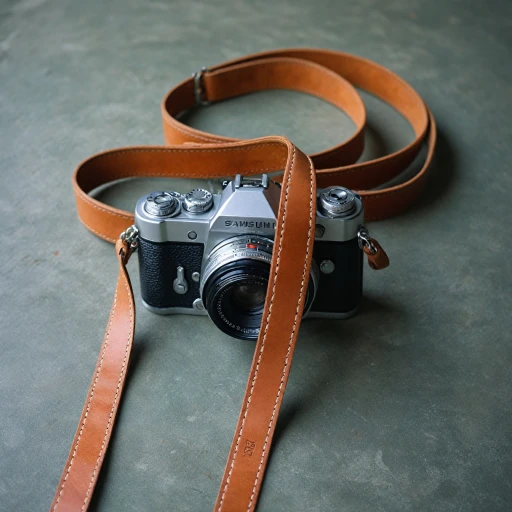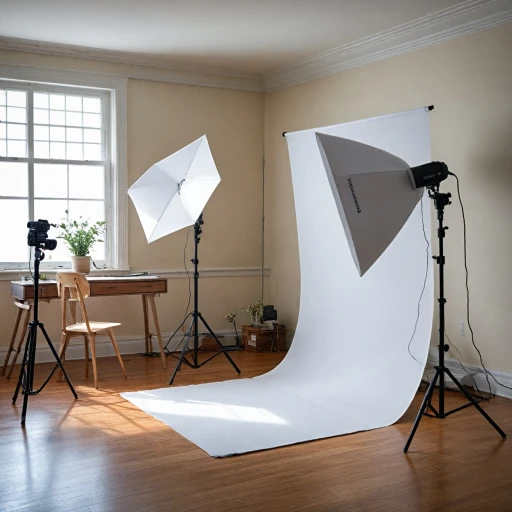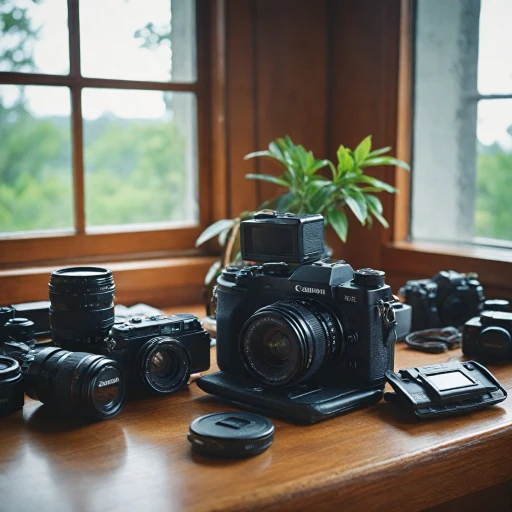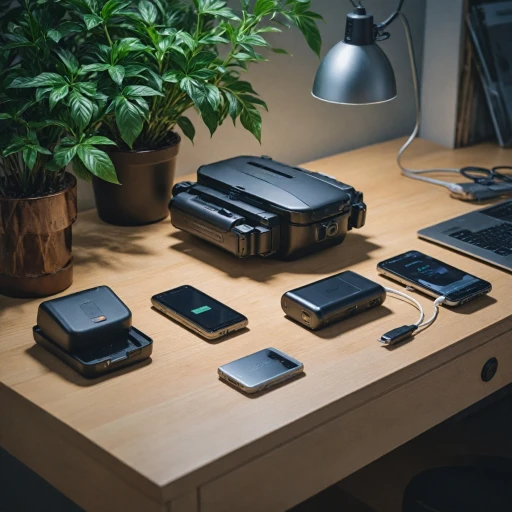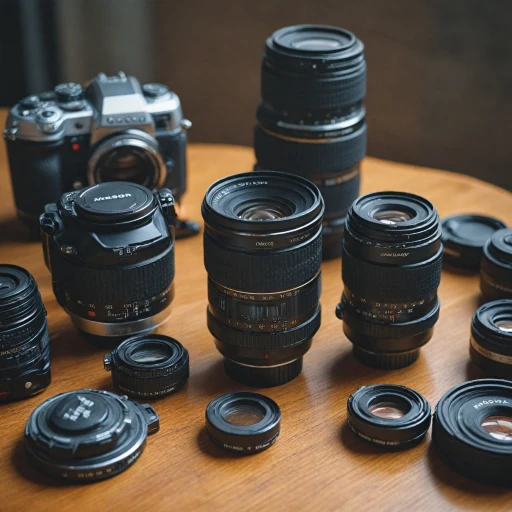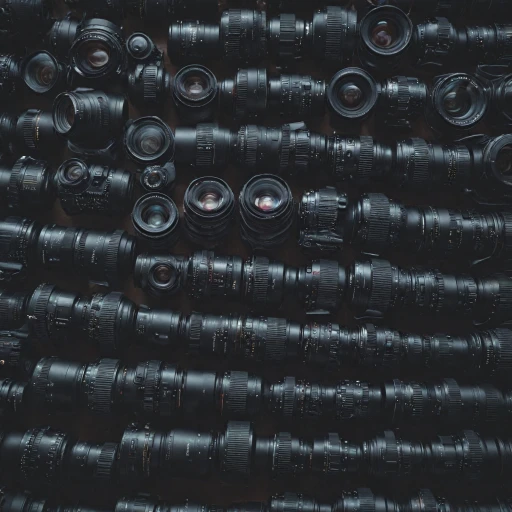
What is an ND4 Filter?
Understanding the Essence of ND4 Filters
Neutral density filters, or ND filters, are essential tools in a photographer's kit. They come in various strengths, such as ND2, ND4, ND8, and more, with the ND4 being a popular choice due to its versatility. The primary function of an ND4 filter is to reduce the amount of light entering the camera lens. This is especially useful for photographers who want to maintain control over their exposure settings. ND4 filters are designed to cut down light by two stops, allowing photographers to creatively play with shutter speeds and aperture settings without overexposing their images. Furthermore, ND4 filters are not limited to one specific type of photography. They find their place in both photography and videography, enabling smoother motion and enhancing visual storytelling. For photographers seeking an option that balances quality and price, ND4 filters offer an enticing choice in the series of density filters available on the market. When considering an ND4 filter for purchase, it is important to look into the terms and conditions, especially regarding shipping options. Ensuring the filter holder is compatible with your camera lens is crucial to avoid unnecessary expenses and setbacks. For those interested in exploring more about different lenses and their compatibility, you can read about video lenses for Sony APS-C cameras to enhance your overall shooting experience.How Does an ND4 Filter Improve Your Photos?
Enhancing Your Photos with Neutral Density Magic
Integrating an ND4 filter into your photography toolkit can have a significant impact on your image quality. It allows you to manage the amount of light entering your camera, enabling you to create balanced and well-exposed images even under challenging conditions. Here's how an ND4 filter works its magic:
- Precision Control of Light: Much like a pair of sunglasses for your lens, an ND4 diminishes light entering without affecting color balance. This can be crucial when shooting in bright sunlight, preventing washed-out images and preserving the details that might otherwise be lost.
- Creative Control with Shutter Speed: By reducing the light, you gain the flexibility to use slower shutter speeds without overexposing your image. This technique can help capture movement in creative ways, such as the gentle blur of a waterfall or people passing by in a bustling city scene.
- Depth and Texture in Images: The use of an ND4 filter can add a richer texture to photographs, offering a smooth density in your exposures. This is particularly beneficial in landscape photography where you want every detail to shine through.
For those wondering which filter to choose, it's essential to review options available based on your current equipment setup. A camera adapter might also be necessary to ensure compatibility between the filter and your lens.
When to Use an ND4 Filter
Optimizing Your Shots with Strategic Use
In photography, timing and the right tools are crucial. One of the splendid tools to leverage is the ND4 filter, particularly when shooting under bright conditions. The use of this neutral density filter aids in controlling the intensity of light entering your camera lens, providing more creative freedom with your images. Utilizing the ND4 filter becomes especially beneficial during specific scenarios:- Sunny Days: If you're working on bright, sunny days, the neutral density filter allows you to avoid overexposure by reducing the amount of light by approximately two stops. This grants you more flexibility in playing with your shutter speed, thereby enhancing your photo's exposure.
- Smooth Water Effects: Capture the ethereal beauty of flowing water or the bustling motion of a waterfall. By pairing the ND4 filter with a slow shutter speed, you can create silky, smooth effects.
- Long Exposure Photography: Whether you're shooting cityscapes or day-to-night transitions, regulating the light entering the camera can open new creative avenues in long exposure shots.
- Creative Motion Blur: Introduce a sense of movement to your photos. Utilize this filter to achieve dramatic effects like blurred clouds passing or tracking a fast-moving subject.
Choosing the Right ND4 Filter for Your Camera
Selecting the Ideal ND4 Filter for Your Photography Gear
When it comes to enhancing your photography with an ND4 filter, making the right choice in terms of quality, compatibility, and price is crucial. An ND4 filter, known for its neutral density, reduces the amount of light entering the camera lens by two stops, which is particularly effective for achieving desired exposures in various lighting conditions. Here’s what you need to consider when selecting the right ND4 filter for your camera:
- Compatibility: Before purchasing, ensure the diameter of the ND4 filter matches your camera lens. Most camera lens filters come in standard sizes, but verifying your lens size is essential to ensure a snug fit. An option is to use an adapter ring if you wish to use the filter on lenses with different diameters.
- Quality of Materials: Look for filters made from high-quality materials that resist scratches and repel dirt. This is particularly important for maintaining image clarity and ensuring a long-lasting filter. Density filters constructed with multilayer coatings are also a worthy investment, as they aid in reducing unwanted reflections and lens flare.
- Brand Reputation: Opt for a brand known for producing reliable and durable lens filters. Checking reviews and ratings from other photographers can provide insight into the filter’s performance. Verified purchase reviews often offer valuable perspectives on the filter's real-world applications.
- Additional Features: Some ND4 filters are available in filter kits, which include a series of other neutral density filters for varied stops or a circular polarizer to further control light entering the camera. These kits can offer great value, especially if you aim to build a comprehensive filter collection.
- Price Considerations: While the price range for ND4 filters can vary widely, remember that a higher price often reflects superior build quality and optical performance. It's important to balance your budget with the need for reliable exposure control and picture quality.
Ensuring you've chosen the right ND4 filter not only facilitates creative control over your photographs but also complements the capabilities of your camera setup. With appropriate research and purchase decisions, you’ll be well-equipped to capture stunning visual content in all lighting situations.
Tips for Using an ND4 Filter Effectively
Mastering the Use of Your ND4 Filter
Using an ND4 filter effectively can significantly enhance the quality of your photos by controlling the amount of light entering your camera. Here are some tips to ensure you get the best out of your density filter:- Set Up Your Filter Kit Properly: Ensure that your filter is securely attached to your camera lens using a filter holder or adapter ring if needed. This prevents any unwanted movement or light leaks that could affect your exposure.
- Experiment with Shutter Speed: ND4 filters are a pro tool for controlling light, allowing for longer exposure times without overexposing your image. Adjust the shutter speed to capture motion blur, such as silky smooth water in long exposure shots.
- Pair with a Circular Polarizer: While your ND4 filter reduces light, adding a circular polarizer can help to enhance colors and contrast in your scene, giving your photos a vibrant and professional look.
- Monitor Your Exposure Levels: ND4 filters cut the amount of light by two stops, which can impact your camera’s exposure settings. Keep an eye on the histogram and adjust ISO, aperture, and shutter speed as necessary to achieve the desired result.
- Understand Light Conditions: Neutral density filters are best used in bright light conditions. Whether you're shooting video or stills, assess the scene and ensure your ND4 filter is the right density filter for the amount of light entering your camera.
